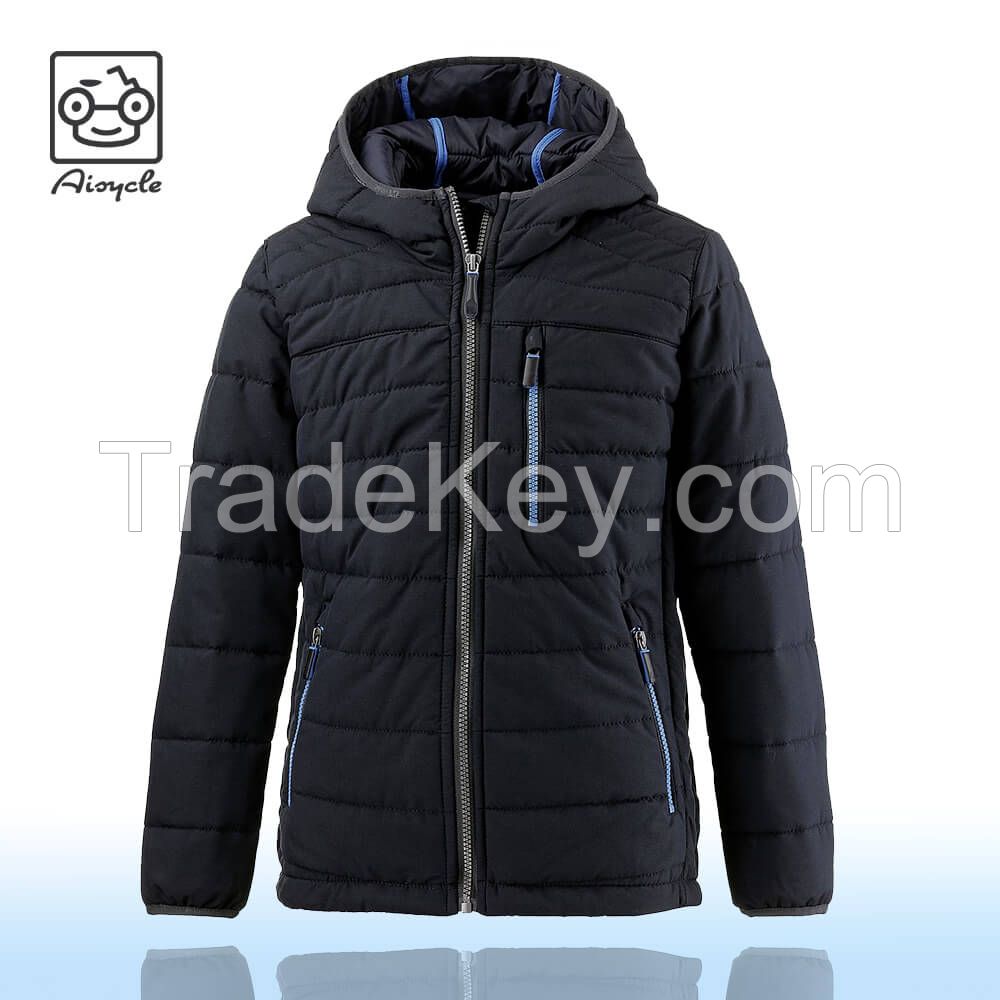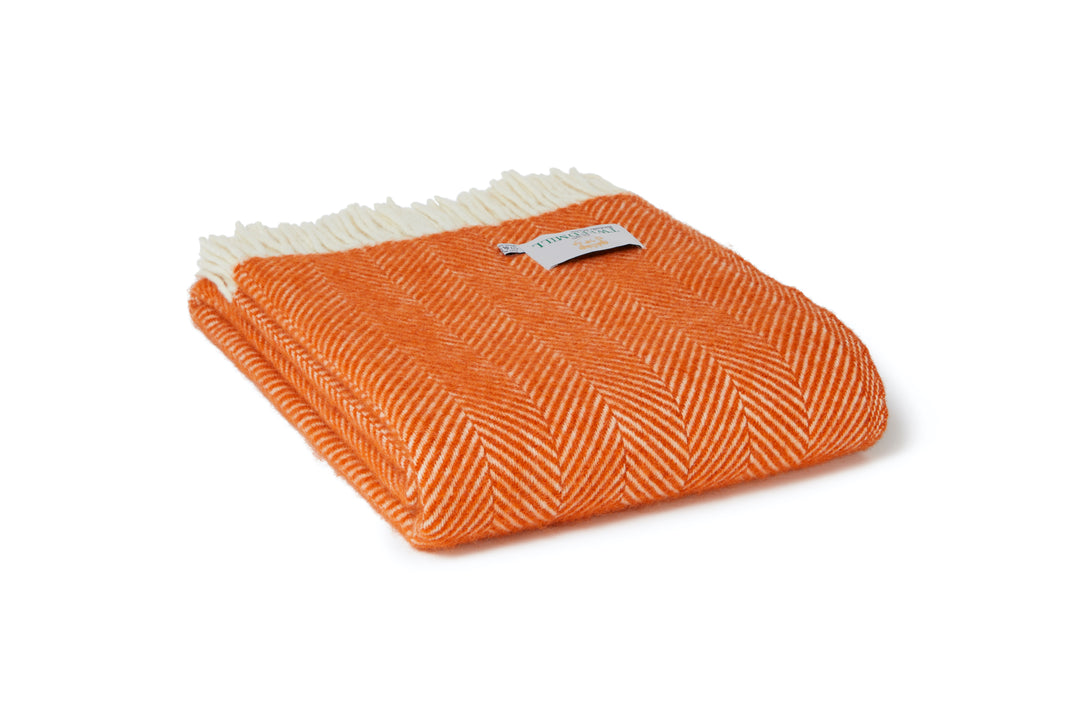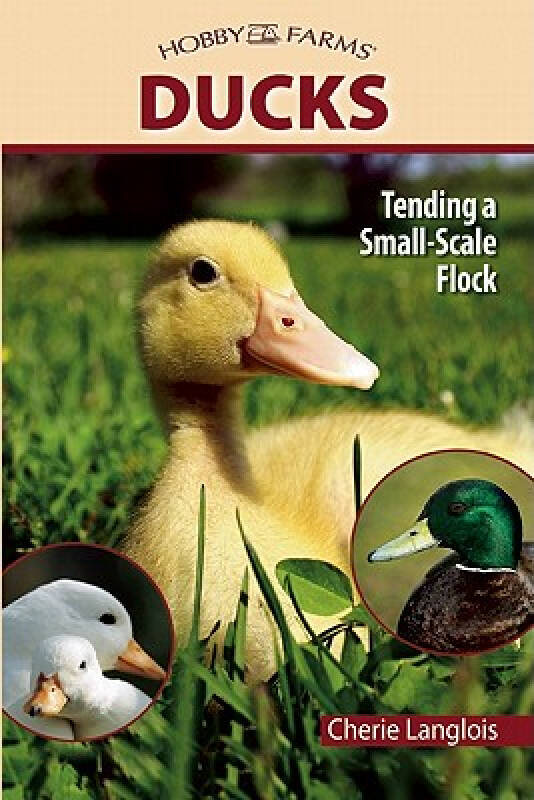Title: The Comparative Analysis of White Goose Down and Silk Quilts for Winter Comfort
Winter comfort is a crucial aspect for many individuals, and choosing the right bedding can make a significant difference in maintaining it. In recent years, two popular options for winter bedding have been white goose down and silk quilts. This comparative analysis aims to explore the differences between these two materials and their respective benefits.White goose down is made from the feathers of geese, which are naturally hypoallergenic and breathable. It has a high loft, making it warm and comfortable to sleep under. However, it requires more maintenance than silk quilts and can be expensive. On the other hand, silk quilts are made from natural fibers that are soft, smooth, and lightweight. They do not require regular cleaning and are hypoallergenic as well. However, they may not provide the same level of insulation as white goose down.In conclusion, both white goose down and silk quilts offer unique benefits and drawbacks when it comes to winter comfort. The choice ultimately depends on personal preferences and budget. For those seeking warmth and durability, white goose down may be the better option. However, for those who value ease of care and hypoallergenicity, silk quilts may be the better choice. Regardless of the material chosen, investing in a quality bedding set can greatly improve one's winter comfort.
Winter is a season that requires us to snuggle up in warm blankets to stay cozy and comfortable. Two popular options for winter bedding are white goose down and silk quilts. In this article, we will compare and contrast these two materials to help you decide which one is better suited for your needs.
White Goose Down:
White goose down has been used as a natural insulation material for centuries due to its excellent thermal properties. It is made from the fine feathers of geese that have matured over time, and its lightweight and breathable nature make it an ideal choice for cold weather. However, there are some downsides to consider when choosing white goose down as your winter bedding.
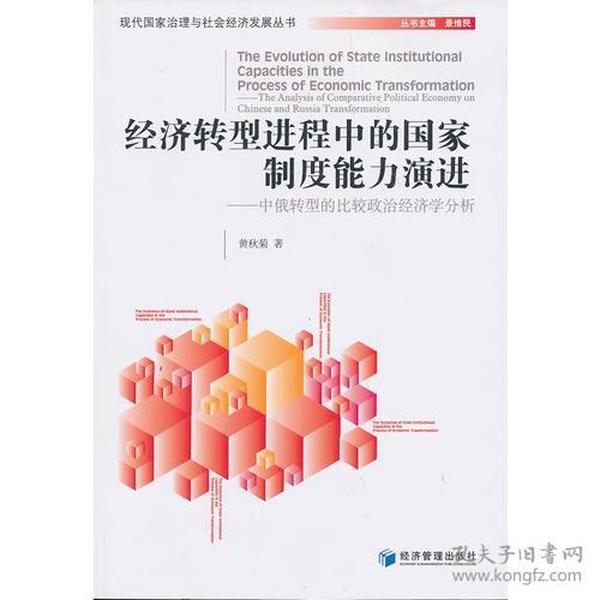
One of the main drawbacks of white goose down is its cost. High-quality down can be quite expensive, which makes it less accessible to budget-conscious consumers. Additionally, white goose down can be sensitive to moisture, which means it needs to be dried carefully after washing or use to prevent mold growth. Finally, white goose down can be a bit noisy when moved around, making it unsuitable for those who prefer a quiet sleeping environment.
Silk Quilts:
Silk is another popular material used for winter bedding due to its luxurious feel and natural temperature regulating properties. Made from the silk fibers produced by silkworms, silk quilts are known for their softness and durability. Unlike white goose down, silk is hypoallergenic and resistant to dust mites, making it a good choice for people with allergies or respiratory issues.
However, there are also some disadvantages to consider when choosing silk quilts. First of all, silk is not as insulating as white goose down, so it may not keep you as warm in extremely cold weather. Additionally, silk quilts can be more fragile than other types of bedding, so they require extra care when washing or handling. Finally, silk is a natural material and may not be suitable for those who prefer synthetic materials or chemicals in their bedding.
Comparing White Goose Down and Silk Quilts:
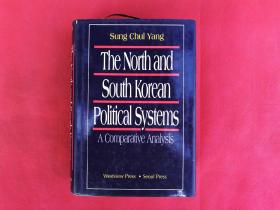
When comparing white goose down and silk quilts, there are several factors to consider. These include cost, insulation properties, ease of maintenance, comfort level, and environmental impact.
In terms of cost, white goose down generally costs more than silk quilts. This is because white goose down is a rare and precious resource that requires careful harvesting and processing techniques. Silk quilts, on the other hand, are often made using mass production methods and can be produced at a lower cost. However, this does not mean that all silk quilts are inexpensive – high-end silk quilts can still be quite pricey.
In terms of insulation properties, white goose down generally outperforms silk quilts due to its ability to trap air and retain heat. This makes it a better choice for cold weather conditions where warmth is essential. Silk quilts may not be as effective at keeping you warm, but they can still provide some insulation depending on their thickness and filling.
In terms of ease of maintenance, both white goose down and silk quilts are relatively easy to care for compared to other types of bedding. They both require regular cleaning in order to maintain their quality and prevent odors from developing. However, white goose down may require special care if exposed to moisture or water damage, while silk quilts may need to be handled delicately to avoid damaging their delicate fibers.
In terms of comfort level, both white goose down and silk quilts offer different levels of comfort depending on personal preference. Some people find the lightweight and breathable nature of white goose down to be more comfortable than the heavy and hot feeling of many synthetic materials, while others enjoy the softness and luxury of silk quilts. Ultimately, the best way to determine which type of bedding is right for you is to try them out in person and see how they feel against your skin and body.
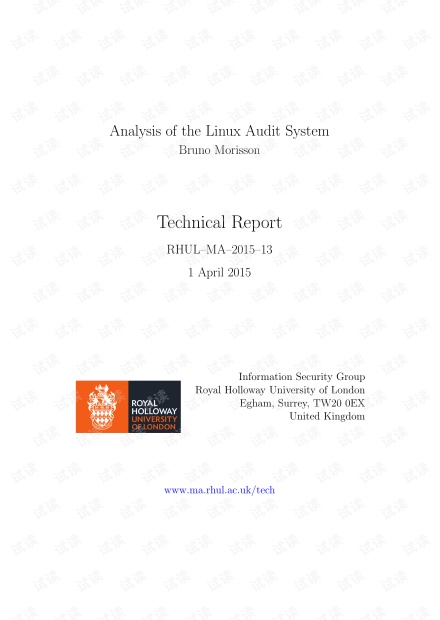
In terms of environmental impact, both white goose down and silk quilts have their pros and cons in terms of sustainability. White goose down is a natural resource that is replenished over time through careful farming practices, but it can also lead to habitat destruction and disturbance if not managed properly. Silk comes from silkworms raised in captivity, which can have negative impacts on animal welfare and biodiversity. However, some companies now use recycled materials or ethically sourced alternatives to reduce their environmental footprint.
Conclusion:
In conclusion, both white goose down and silk quilts have their unique advantages and disadvantages when it comes to winter bedding. If cost is not a concern and you value natural insulation properties and a luxurious feel, white goose down may be the better option for you. On the other hand, if you prefer a hypoallergenic and sustainable material that offers similar warmth properties as silk but without the noise factor, then silk quilts may be the better choice for you. Ultimately, the best way to determine which type of bedding is right for you is to try out different options and see what feels most comfortable and supportive during the colder months of the year.
Articles related to the knowledge points of this article:
How to Create a 3D Model of a Duvet Cover
The Cost of a Sanli Feather Duvet
Title: The Art and Craftmanship of Canadian Down Quilts
Title: The Little Wang Down Comforter: A Masterclass in Quality and Comfort
Title: The Slipping Down feathers: A Tale of a Fuzzy Nightmare
